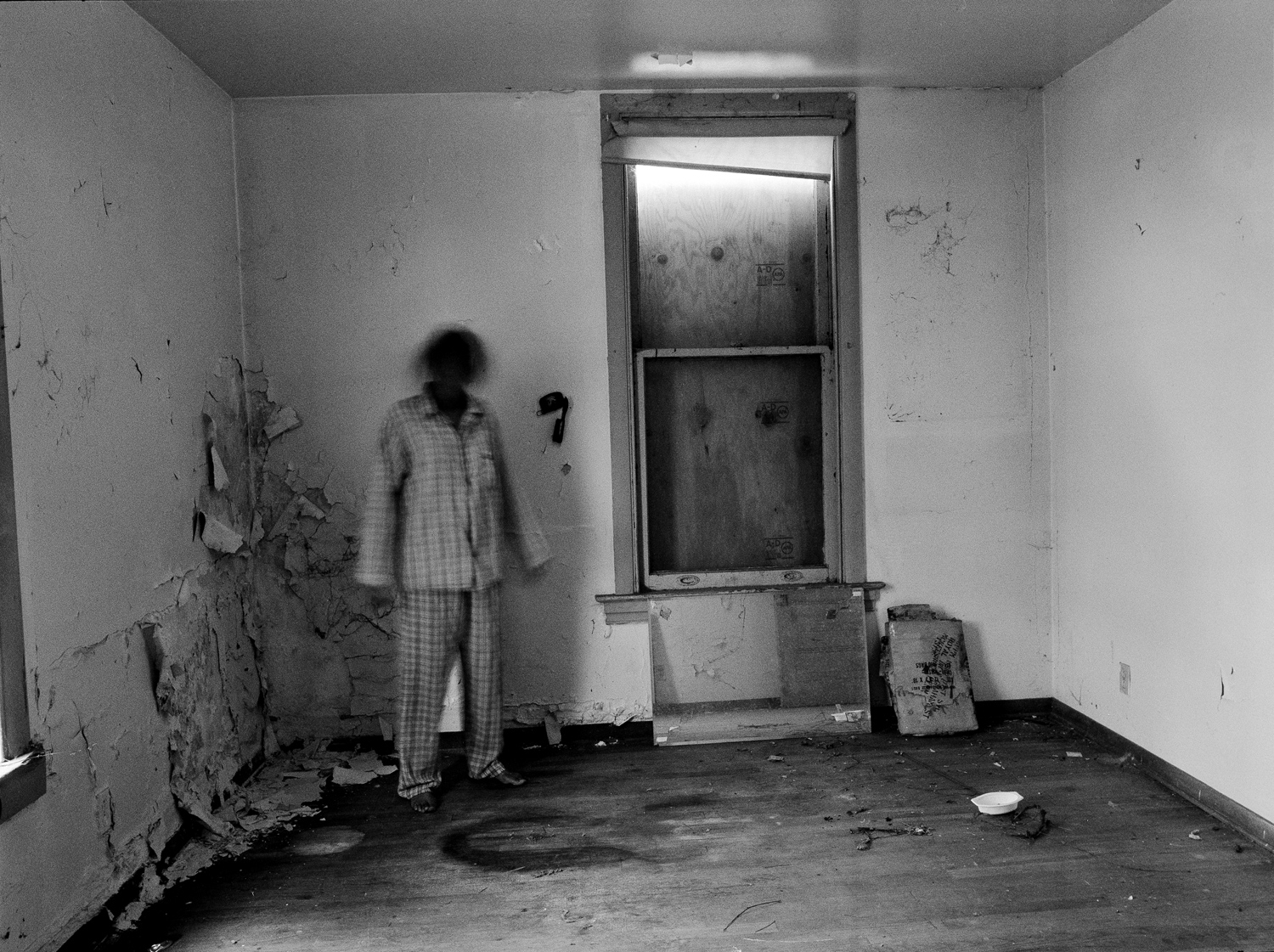
From the outset of her career as a young artist, LaToya Ruby Frazier has always found inspiration at home. In thoughtfully constructed black and white photographs she began, in her teens, to document herself and her family life in Braddock, Pa.
“What’s the most intimate thing you can portray? For me, it’s myself,” she says.
The work Frazier has featured in the 2012 Whitney Biennial in New York City, which starts Thursday, builds on the classic documentary work she studied while in college at Syracuse University. Over time, the photographer, now 30, began to incorporate staged narratives and self-portraiture meant to challenge viewers with questions about the artist’s objectivity and representation, and that of her loved ones.
She was inspired by the famous work of the Farm Security Administration photographers like Dorothea Lange, but questioned those images. “We all remember Lange’s photograph of the migrant mother but how many of us remember her name?” she asks. “I felt social documentary can only go so far and I started to think, ‘What if the subjects of the Depression-era images photographed themselves?'”
The work featured in the Biennial leaves the confines of her family home and addresses the larger history and representation of Braddock, Pa.—yet it’s all inextricably linked back to Frazier’s life. The first series, called Campaign for Braddock Hospital (Save Our Community Hospital), began when she discovered in her research that the history of Braddock had omitted all the black families that lived there, including that of her own grandfather, who was a steel worker. It didn’t help when the clothing company Levi’s began using Braddock’s industrial history as the inspiration for a major advertising campaign. In one ad, the denim company calls for the “New Pioneers” to “Go Forth” to new opportunities in Braddock and invigorate the town’s growth.
Frazier was left stunned by what she saw as the irony and greed of the ads and eventually repurposed those images in her artwork. The series is made of two parts: first she begins a process of “copy editing” the ads with comments from members of the community, and photographs them. Then she made documentary photos of an actual protest to save the town’s hospital. All the images were made into black and white lithographic prints referencing both turn-of-the-century advertising and social documentary of the 1930s.
In a second series debuting at the Biennial, called Homebody, she created a set of narrative self-portraits in her step grandfather’s now-abandoned apartment in Braddock. The work is a more personal complement to the Campaign series and records a place steeped in memories for Frazier, memories of her deceased grandmother Ruby. The images document a performance in front of the camera as she moves throughout the empty, decaying environment. The Homebody photos expose a fragility that’s often apparent in her work: in an earlier series, The Notion of Family, she had recorded the end of her Grandmother’s life. Frazier herself, her mother and grandmother have all suffered chronic illnesses. Her portraits and self-portraits, she says, “are meant to be factual records of those things and are reflected in the collapsed landscape that is modern day Braddock, Pa.”
“I’m archiving history thats been erased,” she says. “I’m showing what the media is not showing—moments in the town that have been omitted from history and not just African American history, but the working class people I’m speaking about.”
“Braddock started to fall apart when I was born. I’m interested in how I contextualize myself,” she adds. The collapsed interiors and old blankets depicted in the Homebody series don’t provide comfort, only the feeling of whats been lost for Frazier, in a town that’s struggling to move toward an American dream that faded generations ago.
LaToya Ruby Frazier’s work is currently on view in the 2012 Whitney Biennial in New York City. She has previously exhibited her work at The New Museum, MoMA PS1 and The Andy Warhol Museum. She was featured last fall on the PBS program Art 21. To see more of her work click here.



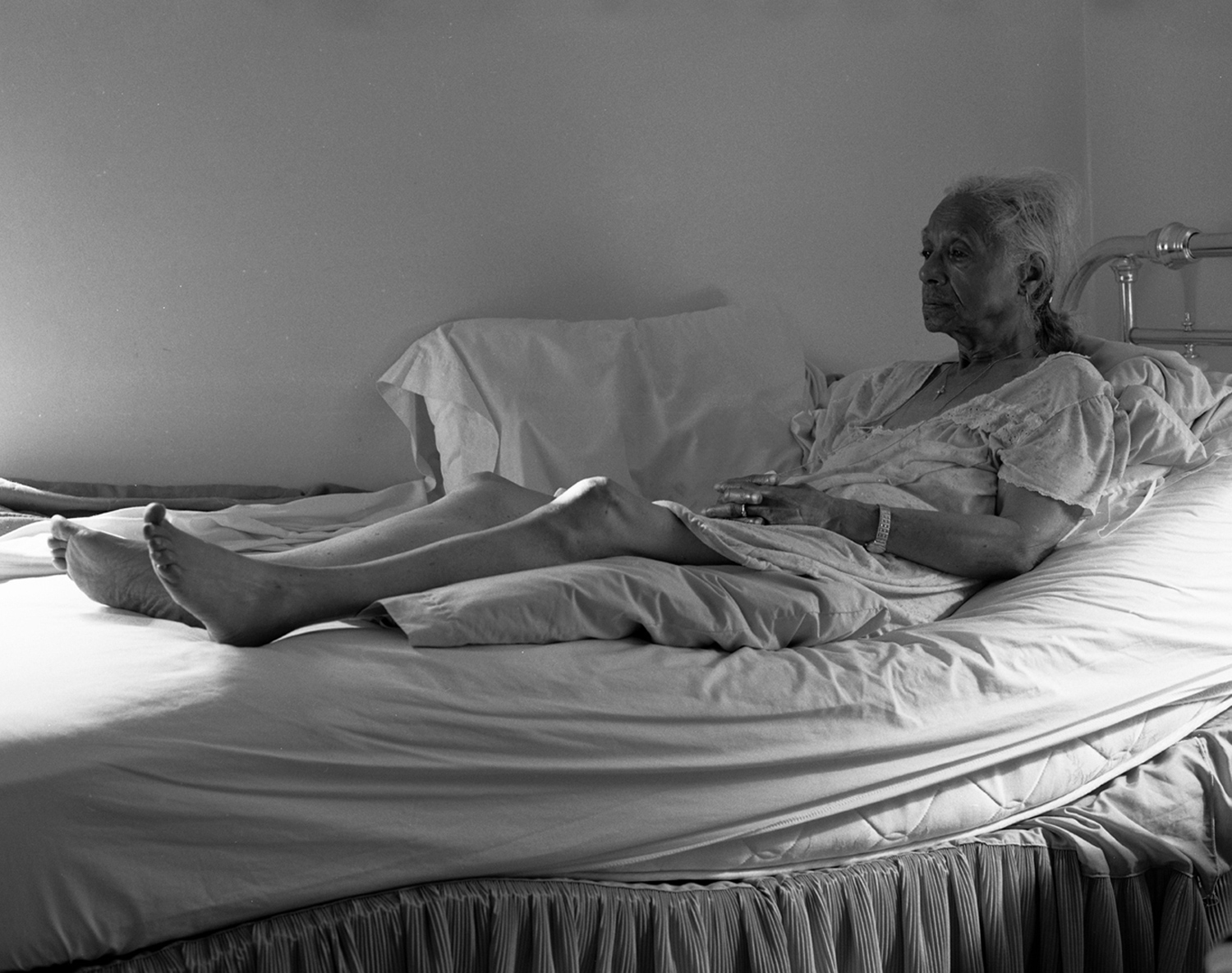
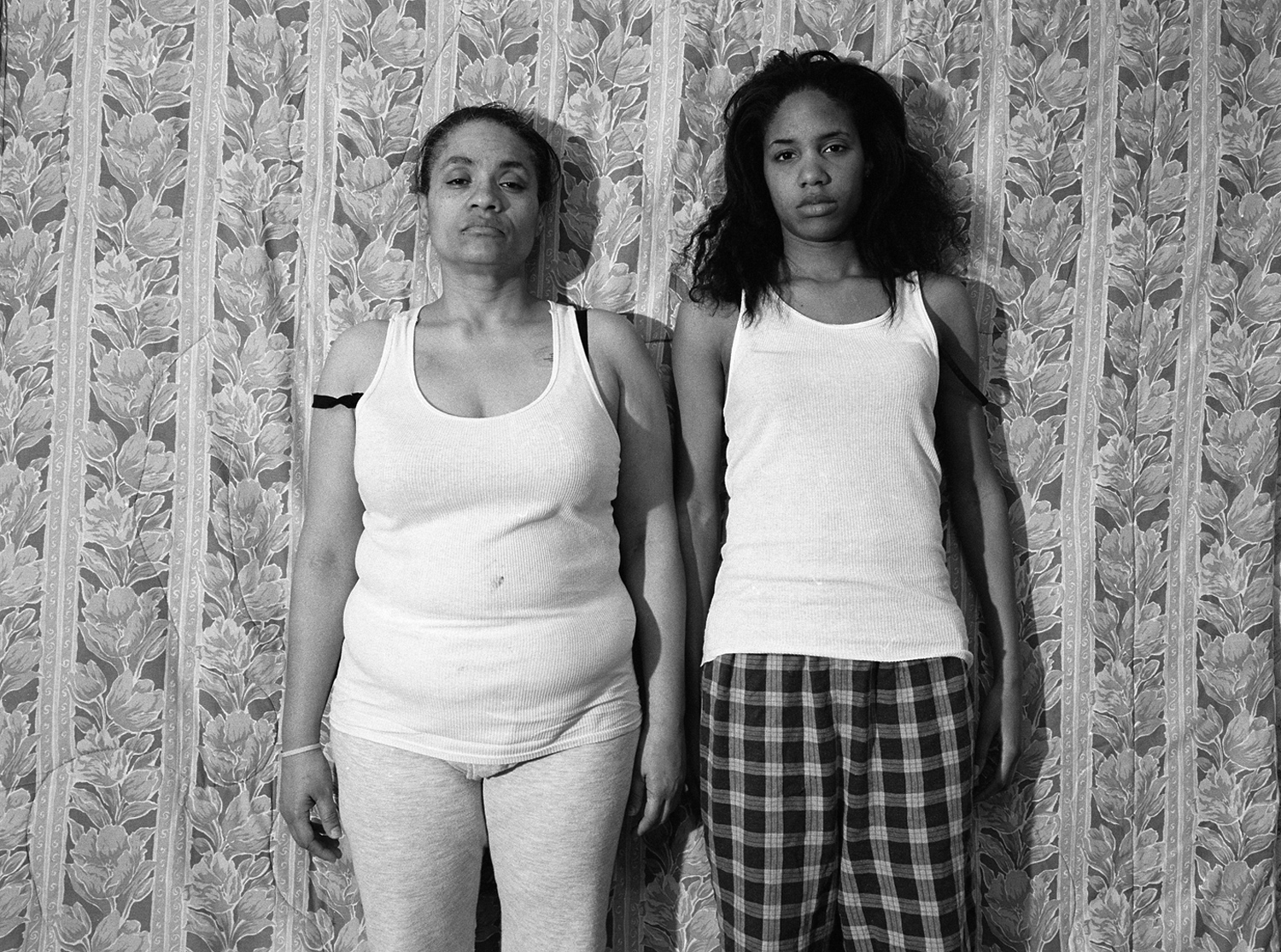
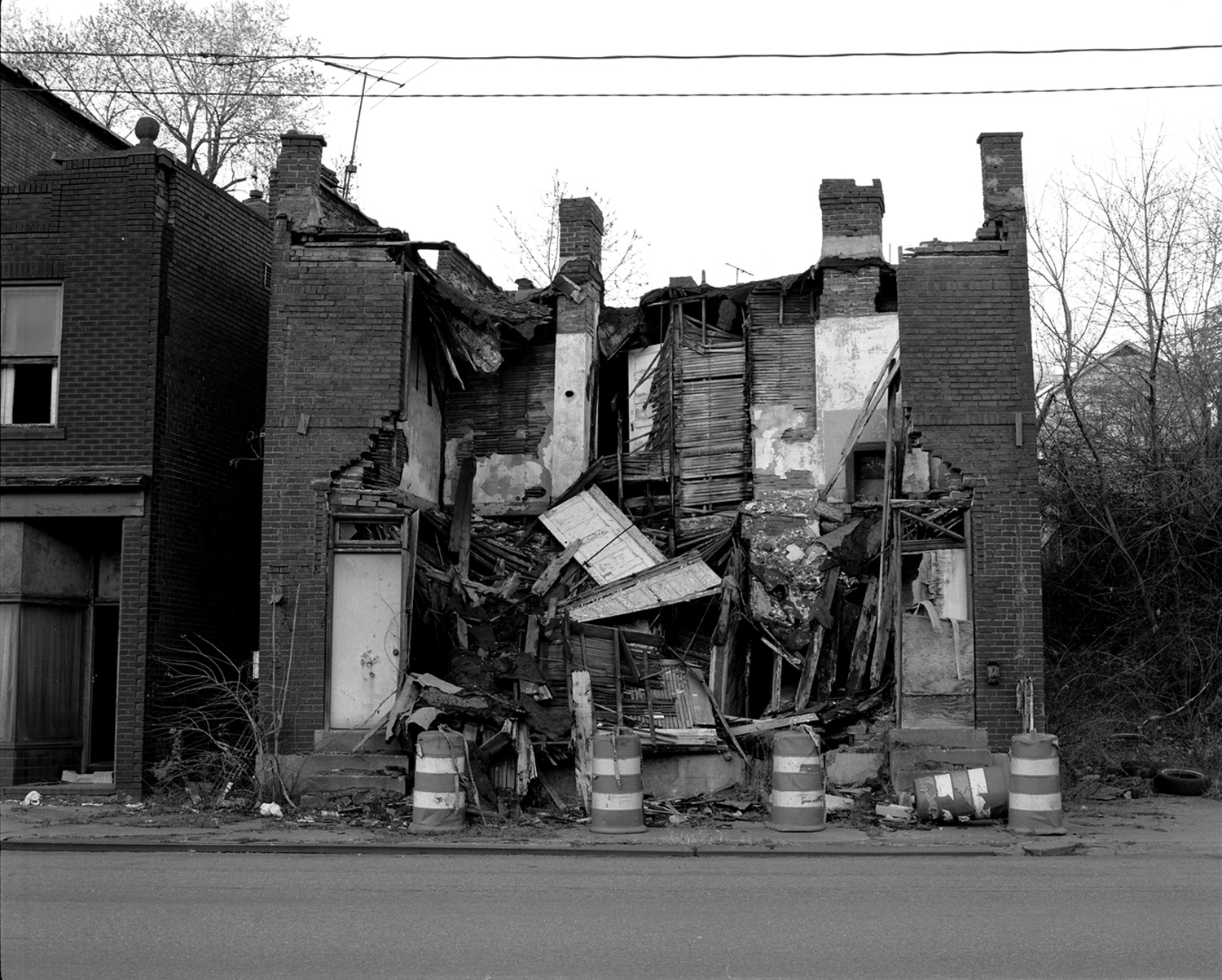

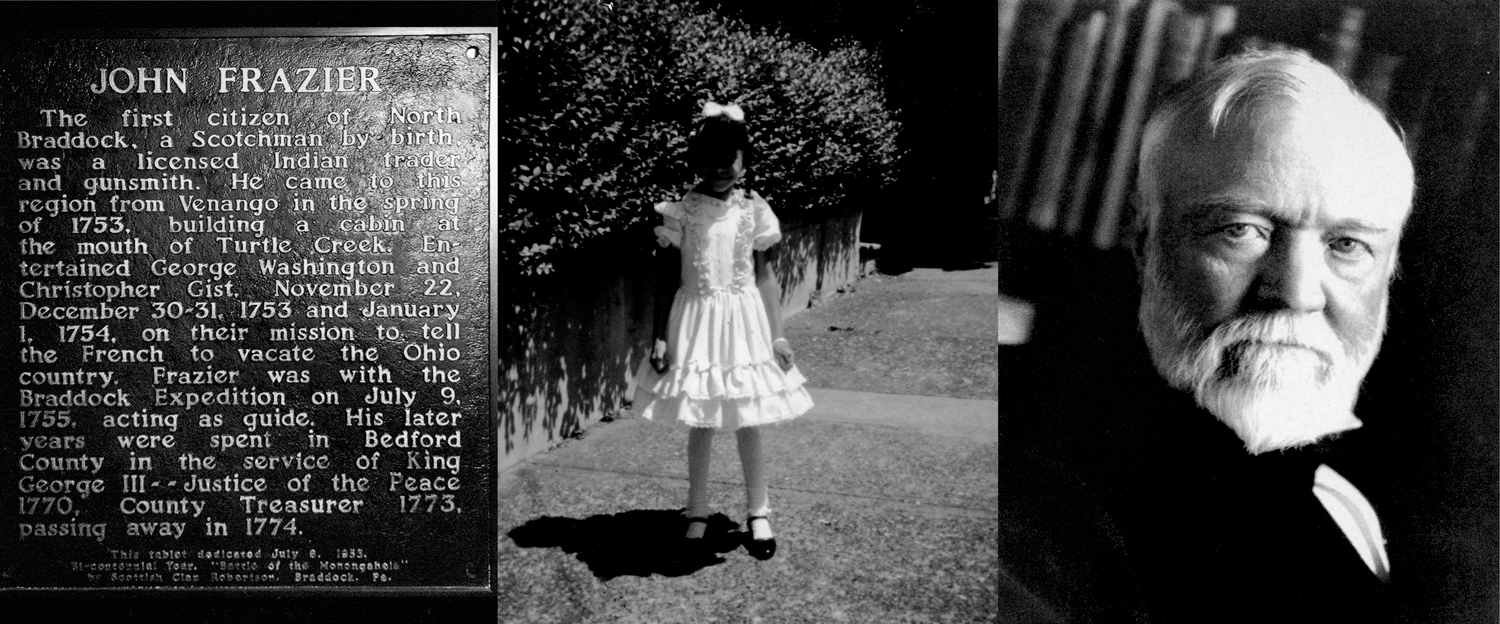
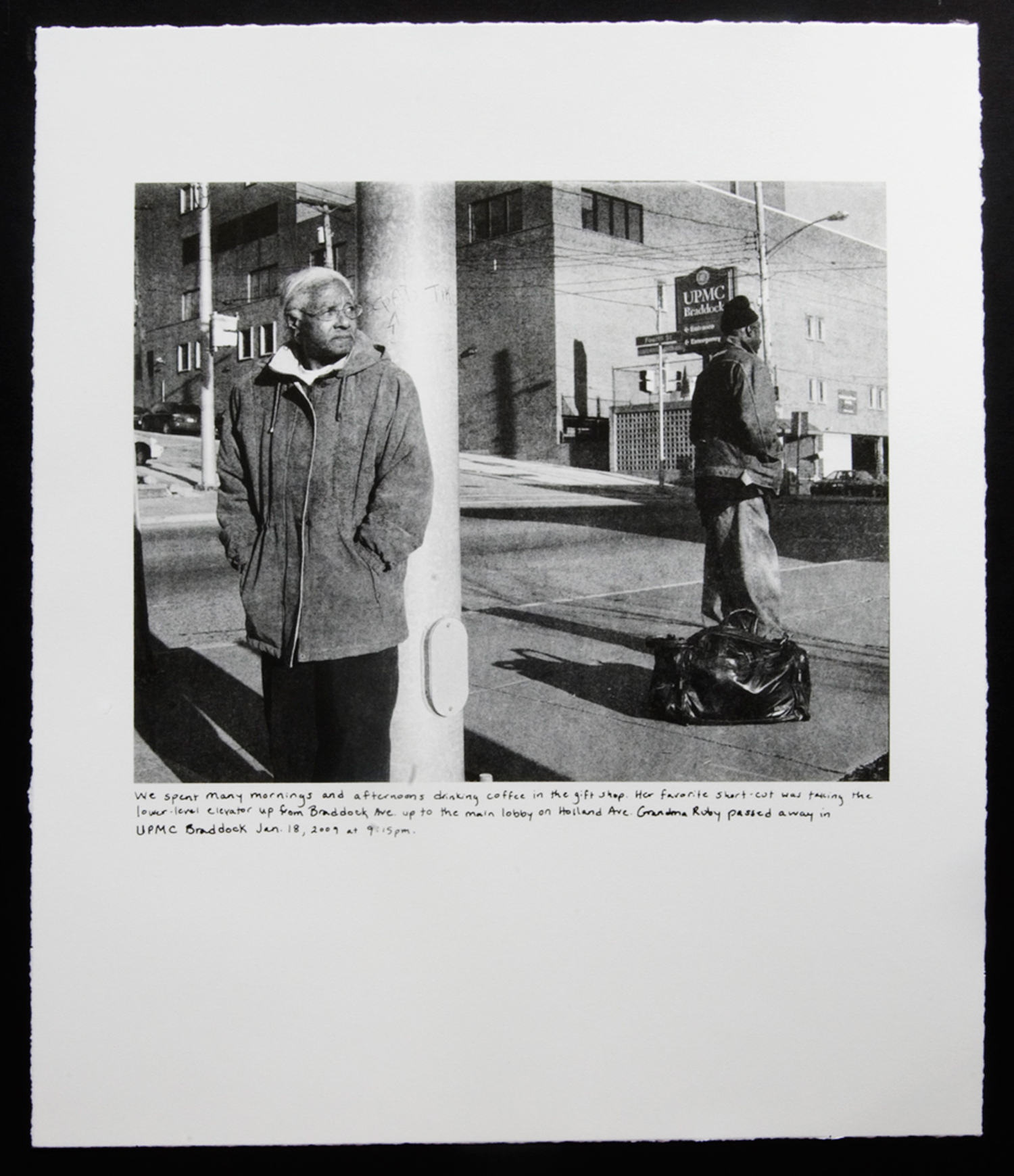
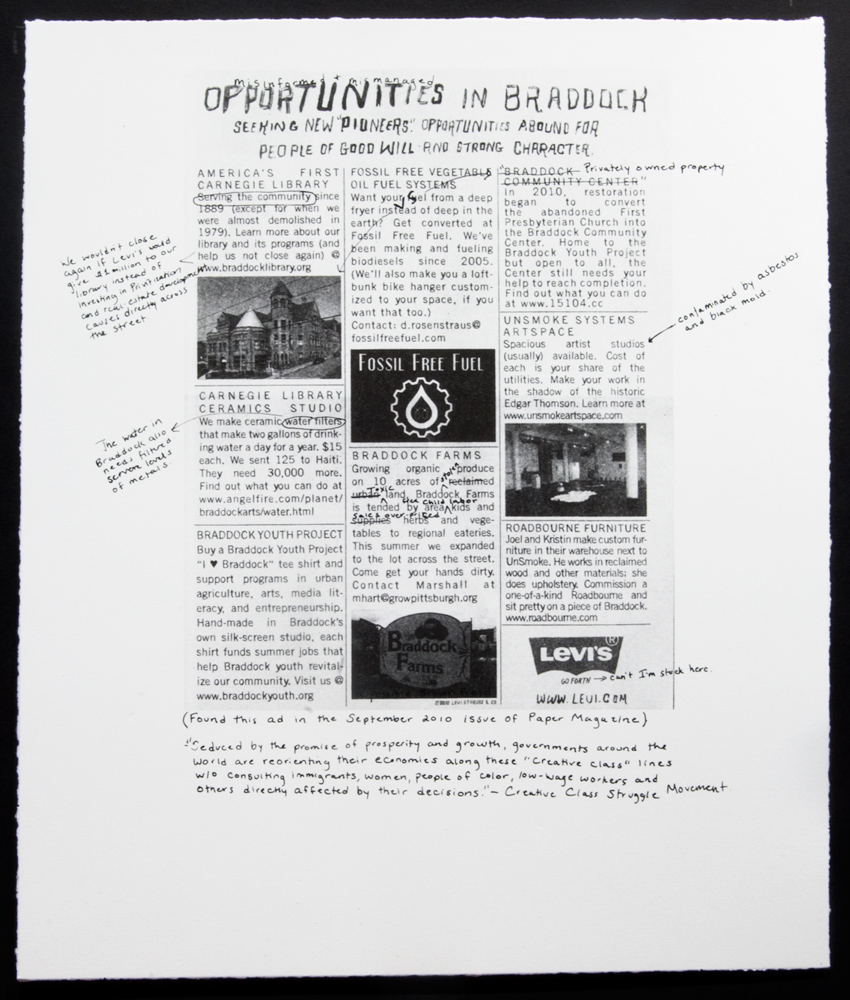





More Must-Reads from TIME
- Cybersecurity Experts Are Sounding the Alarm on DOGE
- Meet the 2025 Women of the Year
- The Harsh Truth About Disability Inclusion
- Why Do More Young Adults Have Cancer?
- Colman Domingo Leads With Radical Love
- How to Get Better at Doing Things Alone
- Michelle Zauner Stares Down the Darkness
Contact us at letters@time.com